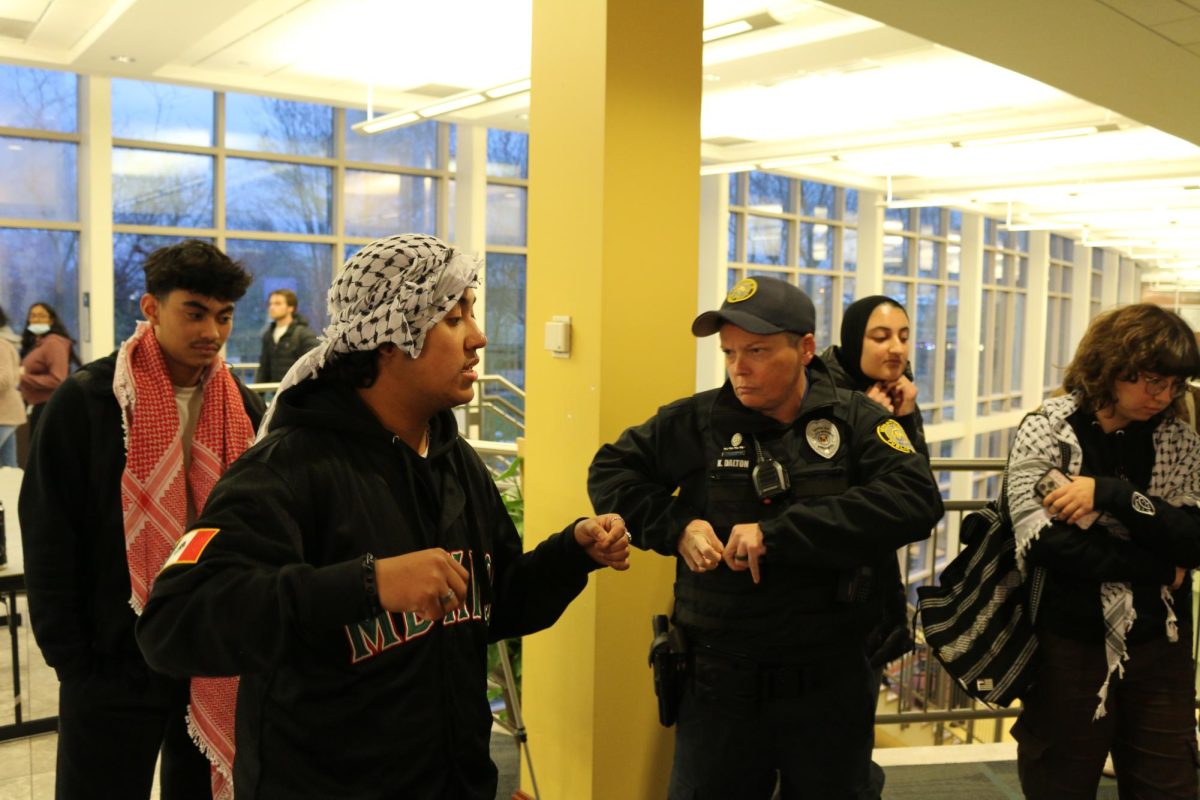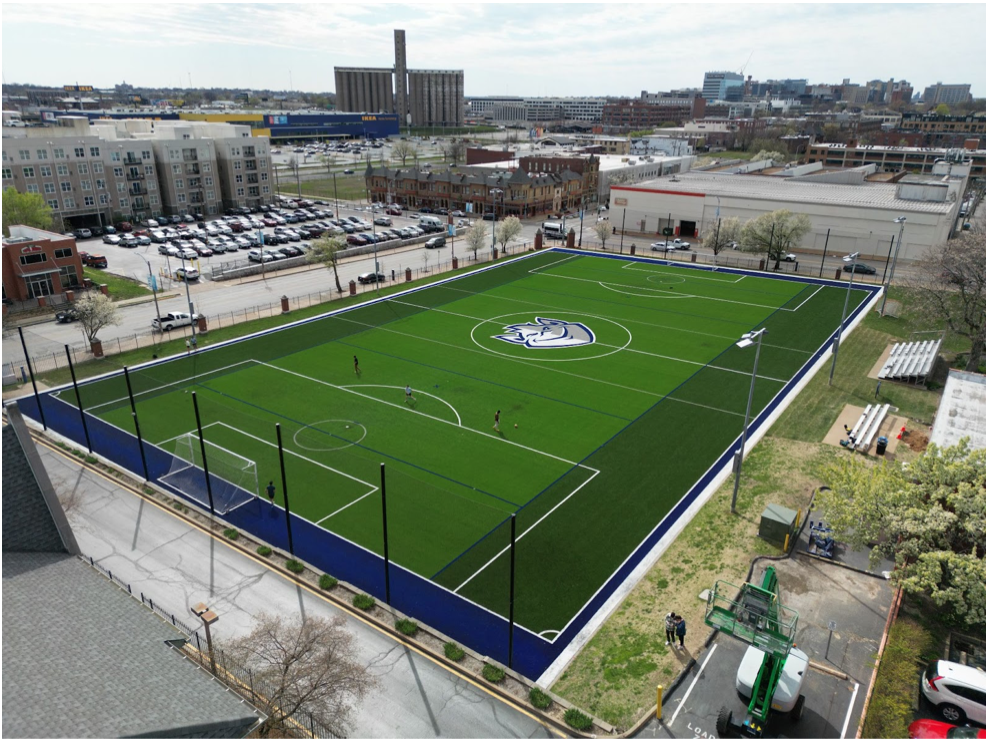Intersectionality, Race in the Classroom, Planning an Action, the School to Prison Pipeline, Street Medics, and Dialogue for the Movement. All of these were topics of discussions at the Youth Justice Conference, held by the Youth Justice League in the Center of Global Citizenship on Jan. 31. At the conference, students gathered from nearby high schools and colleges to learn about being an activist for and bringing insight and understanding to the Black Lives Matter movement.
In a comfortable setting, the conversations were able to flow freely, and the dialogues built relationships between the attending individuals interested in the responsibility we have as citizens facing today’s racial issues. Definitions of oppression, privilege, colorism, respectability politics and other vocabulary used pertaining to social justice issues were reoccurring during the conference to help inform attendees. Both SLU students and high school students led the six 45-minute long sessions on varying topics, which they infused with their personal accounts of their experiences relating to the topic.
The power of personal reflection and smaller group conversation led to a sense of togetherness and unity when people put down their defensive shields and listened. Intersectionality was the title of an eye-opening part of the conference that clarified how many different identities an individual can possess and how those identities affect their life in society. Much of the conversation pointed out the complexities of different sexual identities when racism is also present, leading to the definition of intersectionality: all identities happening at once. Portrayals of the Black Lives Matter movement frequently focus on the lives of black males, but this is a misportrayal by the media, as the movement’s purpose regards all black lives finding power, no matter their gender, sexuality or other identities. An interesting subtopic brought to attention was the issue of the media’s failure to use the proper pronouns and identifiers of a person in cases of murder or a news event. The leaders described how social justice today can only be achieved when people recognize when others are oppressed and catch moments when they are unconsciously experiencing the chains of oppression that are sometimes found in society.
Activists draw power and recognition through marches, protests, occupations of public buildings, and die-ins, and the Youth Justice Conference explained how to plan this type of involvement to expand the message of Black Lives Matter to the public. In the Planning an Action session, students in small groups organized a plan for some type of civil disobedience action in accordance with critical steps presented about pulling off an effective event.
An outstanding attribute to the Planning An Action session was the heavy emphasis on safety, planning, and organization. Following this topic, there was a 45-minute session focusing solely on street medics which was an overview of basic self care and first aid. Often, people seem to assume that acts of civil disobedience are random collaborations of anger or trouble-makers, when actually most are carefully planned and organized with exit strategies, assigned participants to communicate information within the group during the event, assigned people with legal experience to observe if civil rights violations occur in case of a police stand-off, and purposeful decision on the location and the messages relayed to the media.
The passion of the leaders, regardless of their race, created a hopeful and assertive atmosphere. Fearless enthusiasm brought sobering effects at times as attendees were urged to organize to tear down the boxes we are all placed in to divide us in order to liberate who we are. Ways of developing techniques to dialogue over boundaries were brainstormed after self-reflection to identify the boxes limiting each individual.
Advocacy begins with self-understanding before understanding others. The importance of dialogues, forming alliances, opening oneself to the possibility of feeling uncomfortable and pure human empathy help to envision a new future. The progress and success associated with white individuals is part of the school-to-prison pipeline, another of the sessions of the conference. This is the name given to the idea that children in school who are black do not have the same opportunities as white children, and are sent on a conveyor belt to the opposite of success. A banner hanging in the CGC during the conference read boldly, “Push back against push out.” The attendees of the Youth Justice Conference learned that “neutrality is a fallacy” and accepting differences is stronger and more valuable than looking past differences.
Using the hashtag #STLYouthPower, the attendees of the conference shared their reactions and inspirations from their experience on Twitter. With the success of the conference, SLU should get ready for a new, annual tradition of extending our commitment to social justice to serve humanity.





